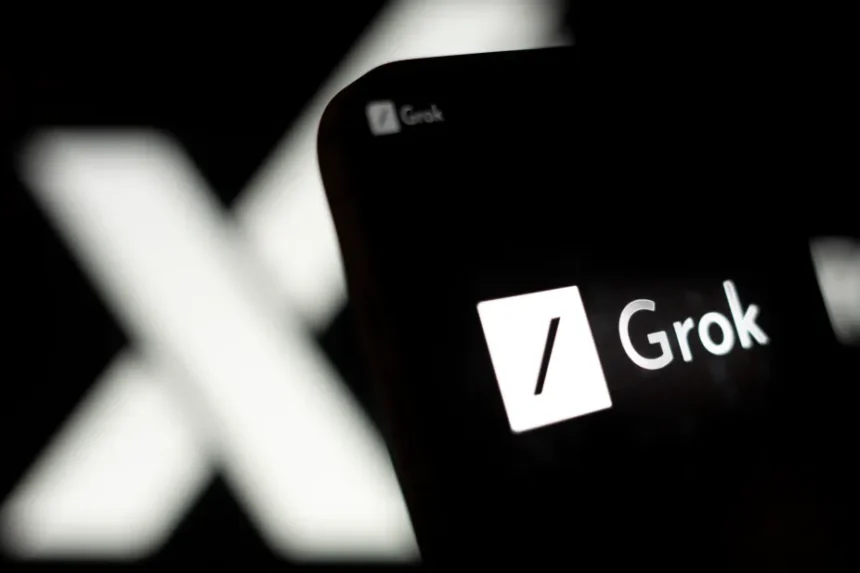Elon Musk’s AI venture, xAI, continues its steady climb in the competitive world of conversational AI with a major update to its chatbot, Grok. The company has introduced a powerful new capability: memory — a feature that allows Grok to retain and recall details from previous conversations to offer a more personalized user experience.
This update marks a significant leap forward in xAI’s mission to bring Grok on par with the likes of OpenAI’s ChatGPT and Google’s Gemini, both of which already offer persistent memory features.
🔍 What Is Grok’s Memory Feature?
Announced late Wednesday via a post on X (formerly Twitter), the new memory system enables Grok to remember key information about users over time. That includes preferences, interests, and even recurring questions. The goal? To deliver smarter, more relevant, and personalized responses based on your prior interactions.
Whether you’re asking for movie recommendations, travel tips, or even coding help, Grok will now be able to contextualize its replies using what it has previously learned about you — assuming you’ve interacted with it enough to build a memory profile.
“Memories are transparent,” said Grok’s official X account. “You can see exactly what Grok knows and choose what to forget.”
This emphasis on transparency stands out as xAI attempts to differentiate itself in a market where user trust is paramount. With this feature, users have full control over what Grok remembers — and what it doesn’t.
💡 How Does It Compare to the Competition?
Grok’s memory rollout follows in the footsteps of major players like ChatGPT and Gemini, who have already embraced persistent memory to improve personalization.
- ChatGPT recently expanded its memory capabilities, enabling it to recall details from entire chat histories, offering users an experience that feels less like talking to a bot and more like engaging with a digital companion.
- Gemini (formerly Bard) by Google also offers persistent memory, allowing it to refine answers over time based on user preferences and behavior.
With this release, Grok is no longer playing catch-up. Instead, it’s cementing its place among the top-tier AI chatbots by offering intelligent, contextual responses that evolve with each interaction.
📱 Where Can You Try Grok’s Memory?
The memory feature is now available in beta on the Grok website (Grok.com) as well as the Grok iOS and Android apps. However, due to regulatory limitations, users in the European Union and the U.K. will not have access to this feature for now.
✅ Here’s what you need to know:
- Toggle Memory On/Off: You can easily enable or disable memory by heading to the Data Controls section within the app settings.
- View & Delete Memories: Each memory Grok forms is accessible and can be deleted individually. On the web version, just tap the memory icon beneath a specific chat. (This feature is coming soon to Android.)
- Coming Soon to X: xAI has also confirmed that memory support is in the works for Grok’s integration on X, expanding the feature’s reach.
🤖 Why Memory Matters in AI
Memory is more than just a technical feature — it’s a paradigm shift in how we interact with AI. Rather than treating each conversation as an isolated event, memory allows AI tools like Grok to evolve into true digital assistants. They can:
- Remember your name, preferences, and goals
- Help you pick up where you left off in previous sessions
- Offer better suggestions by understanding your unique context
For users, this translates into less repetition, smarter interactions, and a more seamless conversational flow. It’s AI that feels more human.
🚀 The Road Ahead for Grok
As xAI continues to refine and expand Grok’s capabilities, the addition of memory sets the stage for a much more intuitive and powerful assistant. While still in its early stages, this rollout shows xAI’s commitment to competing with — and potentially surpassing — established players in the AI space.
With Elon Musk’s vision behind it and a rapidly evolving tech stack, Grok is poised to become a serious contender in the future of conversational AI.
Stay tuned for more updates on Grok’s evolution. As AI continues to learn and adapt — maybe it’s time we do too.










